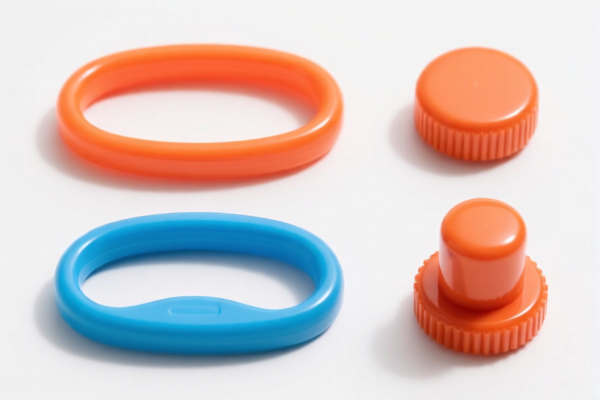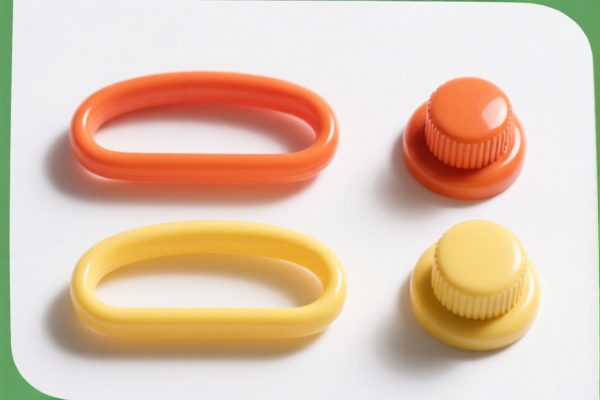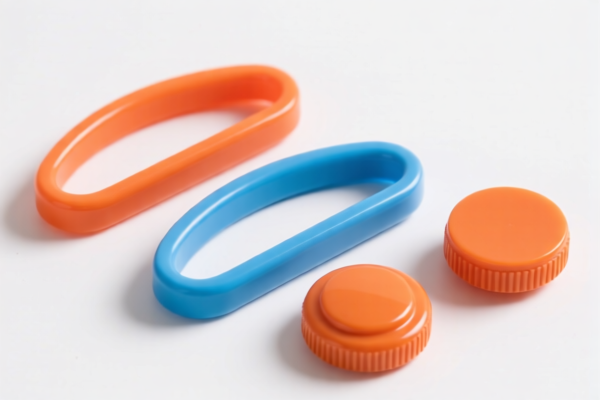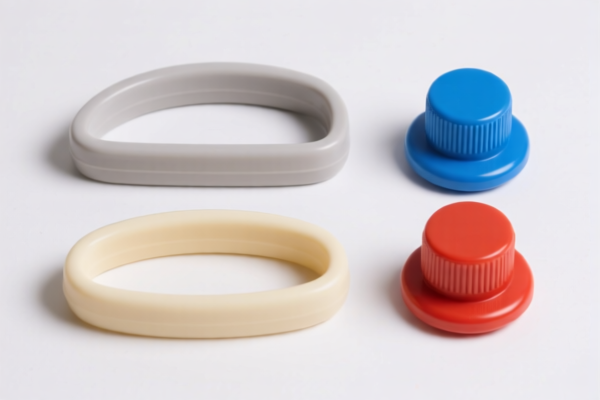| HS Code | Official Doc | Tariff Rate | Origin | Destination | Effective Date |
|---|---|---|---|---|---|
| 3923300010 | Doc | 58.0% | CN | US | 2025-05-12 |
| 3923900080 | Doc | 58.0% | CN | US | 2025-05-12 |
| 3924101000 | Doc | 33.4% | CN | US | 2025-05-12 |
| 3924102000 | Doc | 44.0% | CN | US | 2025-05-12 |
| 7323993000 | Doc | 63.2% | CN | US | 2025-05-12 |
| 7323995030 | Doc | 55.0% | CN | US | 2025-05-12 |
| 7326903500 | Doc | 87.8% | CN | US | 2025-05-12 |
| 7326908688 | Doc | 82.9% | CN | US | 2025-05-12 |
| 9620005000 | Doc | 60.3% | CN | US | 2025-05-12 |
| 9620005500 | Doc | 58.3% | CN | US | 2025-05-12 |
| 9617006000 | Doc | 37.2% | CN | US | 2025-05-12 |
| 9617001000 | Doc | 37.2% | CN | US | 2025-05-12 |




Snack Cup Fruit Plate
A snack cup fruit plate is a container designed for portioning and presenting small servings of snacks, most commonly fruits, but also vegetables, crackers, or other bite-sized foods. These are frequently used for children, individuals with dietary restrictions, or for controlled snacking.
Material
- Plastic: The most common material, offering affordability, durability, and lightweight properties. Often BPA-free plastic is used for food safety.
- Silicone: A flexible, heat-resistant, and easy-to-clean option. Suitable for freezing and microwaving (depending on the specific product).
- Stainless Steel: Durable, reusable, and does not retain odors or stains. Often used for more substantial snacks or for adults.
- Glass: Provides a non-porous, hygienic surface and allows for easy visibility of contents. Less common due to fragility.
Purpose
- Portion Control: Helps manage snack intake, particularly important for children and those monitoring calorie or sugar consumption.
- Convenience: Provides a pre-portioned snack, making it easy to take on-the-go or offer as a quick bite.
- Organization: Separates different snack items, preventing them from mixing and maintaining freshness.
- Presentation: Offers an appealing way to serve snacks, especially for children, encouraging healthier eating habits.
Function
- Containment: Securely holds snack items. Lids are common to prevent spills during transport.
- Separation: Many designs feature multiple compartments to keep different snacks separate.
- Stackability: Some models are designed to stack for easy storage.
- Washability: Most are dishwasher safe for easy cleaning.
Usage Scenarios
- Toddlers and Children: Ideal for daycare, preschool, or travel.
- Picnics and Outdoor Activities: Convenient for transporting snacks without spills.
- Dietary Restrictions: Useful for separating snacks for individuals with allergies or specific dietary needs.
- Meal Prep: Pre-portion snacks for the week to promote healthy eating.
- Hospital/Care Facilities: Provides controlled portions for patients with specific dietary requirements.
Common Types
- Single-Compartment Cups: Basic design for holding a single snack item.
- Multi-Compartment Cups: Feature 2-5 compartments for separating different snacks.
- Cups with Lids: Provide a secure closure to prevent spills.
- Stackable Cups: Designed to stack for efficient storage.
- Cups with Handles: Easier for small children to grip.
- Themed Cups: Featuring popular characters or designs to appeal to children.
- Insulated Cups: Keep snacks cool or warm for extended periods.
- Fruit Plates with Dividers: Larger plates with sections for different fruit varieties, often with a central dip container.
Based on the provided information, the declared goods "snack cup fruit plate" can be classified under the following HS codes:
- 3923300010: This HS code covers articles for the conveyance or packing of goods, of plastics; stoppers, lids, caps and other closures, of plastics: Carboys, bottles, flasks and similar articles of a capacity not exceeding 50 ml. This could apply if the "snack cup" is made of plastic and falls within the specified capacity range. The basic tariff is 3.0%, with an additional tariff of 25.0% (increasing to 30% after April 2, 2025), resulting in a total tariff of 58.0%.
- 3924101000: This HS code covers tableware, kitchenware, other household articles and hygienic or toilet articles, of plastics: Tableware and kitchenware: Salt, pepper, mustard and ketchup dispensers and similar dispensers. If the "snack cup fruit plate" functions as a dispenser for snacks or fruit, this code may be applicable. The basic tariff is 3.4%, with no additional tariff currently, but a 30% additional tariff will apply after April 2, 2025, resulting in a total tariff of 33.4%.
- 3924102000: This HS code covers tableware, kitchenware, other household articles and hygienic or toilet articles, of plastics: Tableware and kitchenware: Plates, cups, saucers, soup bowls, cereal bowls, sugar bowls, creamers, gravy boats, serving dishes and platters. If the "snack cup fruit plate" is primarily used as a plate or cup for serving snacks or fruit, this code may be applicable. The basic tariff is 6.5%, with an additional tariff of 7.5% currently, increasing to 30% after April 2, 2025, resulting in a total tariff of 44.0%.
Please note that the final HS code determination depends on the material composition (plastics vs. other materials) and the primary function of the product. If the snack cup fruit plate is made of iron or steel, HS codes 7323993000, 7323995030, 7326903500, or 7326908688 may be applicable.
Customer Reviews
No reviews yet.